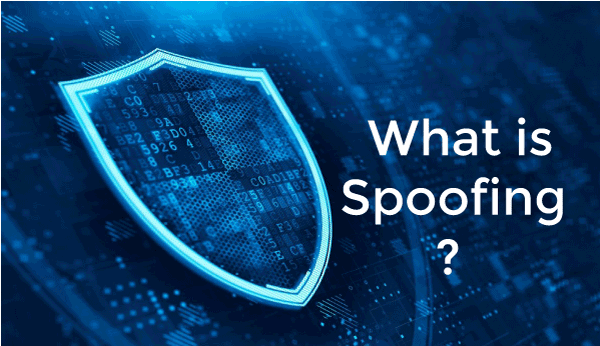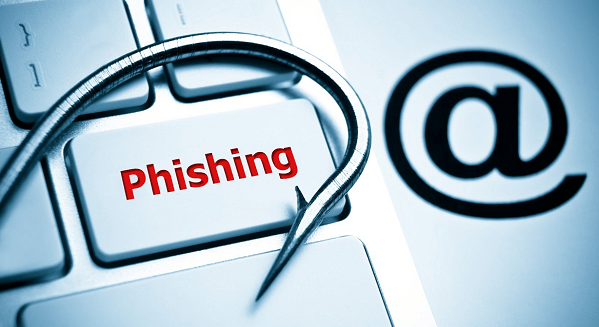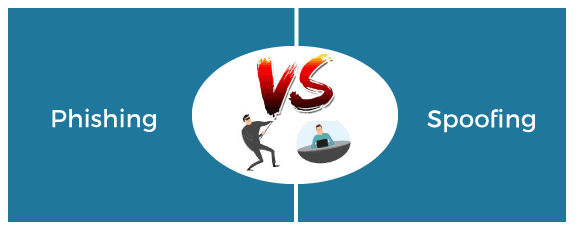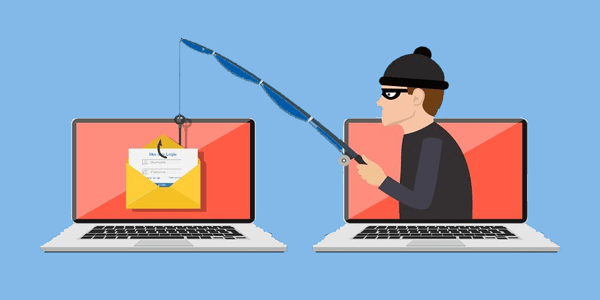Difference between spoofing and phishingIn this article, we will discuss the comparison between spoofing and phishing, along with their separate discussion. Both are important terms, and it is also important to know their difference. The article will be helpful to the students with technical backgrounds, as it may arise as a question in their cybersecurity examination. So, without any delay, let's start the topic. Before jumping directly to the comparison, let's first see a brief description of spoofing and phishing. SpoofingIt is basically an attack on a computer device in which the attacker stoles the identity of a user to steal the user's information or to breach the system's security. In spoofing, the attacker acts as another person. It is identity theft. It can be part of phishing, but it is not exactly phishing. 
Spoofing is pretending that you are from a trusted source. There are various types of spoofing such as IP spoofing, Email spoofing, MAC spoofing, DNS spoofing, and URL spoofing. The DNS spoofing attacks can go on for a long period of time without being detected and can cause serious security issues. Attackers generally target large enterprises or organizations to steal the information and then connect with the target group to hack their system. For instance, a website that looks like a banking website requires a login, and once you logged in you will realize that your bank account has been stolen. Phishing"Phish" is pronounced like the word "fish" - the analogy is that anyone who throws a backed hook out (phishing email) and expects you to bite. Phishing is a crime where people share their confidential information like passwords and credit card numbers with hackers. It starts with a fraudulent email or communication which is designed to attract a victim. The attackers embedded a link in an email that redirects employees to an unsafe web that requests sensitive information. 
The email looks like it is from a company that you trust easily. A normal greeting in the email is, "Hi Dear." If we have an account with the business, it won't use a common greeting in this way. It invites you to click on a link to update the payment details and look as genuine as a bank website. The methods of phishing include -
Spoofing v/s PhishingNow, let's see the comparison chart between spoofing and phishing. Here, we are comparing both terms on the basis of some characteristics. 
ConclusionBoth phishing and spoofing are intended to steal confidential information or to exploit security. Both are performed for financial gain. On receiving a suspicious email, hover over the sender's address and carefully notice the domain name. Some hackers do work smartly and purchase a domain name that looks like the original one, so, in this case, look for the misspellings. So, always be aware while openings the document attached with the emails. Always protect your computer by using the security software and make them up to date to keep your information secure. So, that's all about the article. Hope you find it helpful and informative.
Next TopicDifference between
|
 For Videos Join Our Youtube Channel: Join Now
For Videos Join Our Youtube Channel: Join Now
Feedback
- Send your Feedback to [email protected]
Help Others, Please Share











